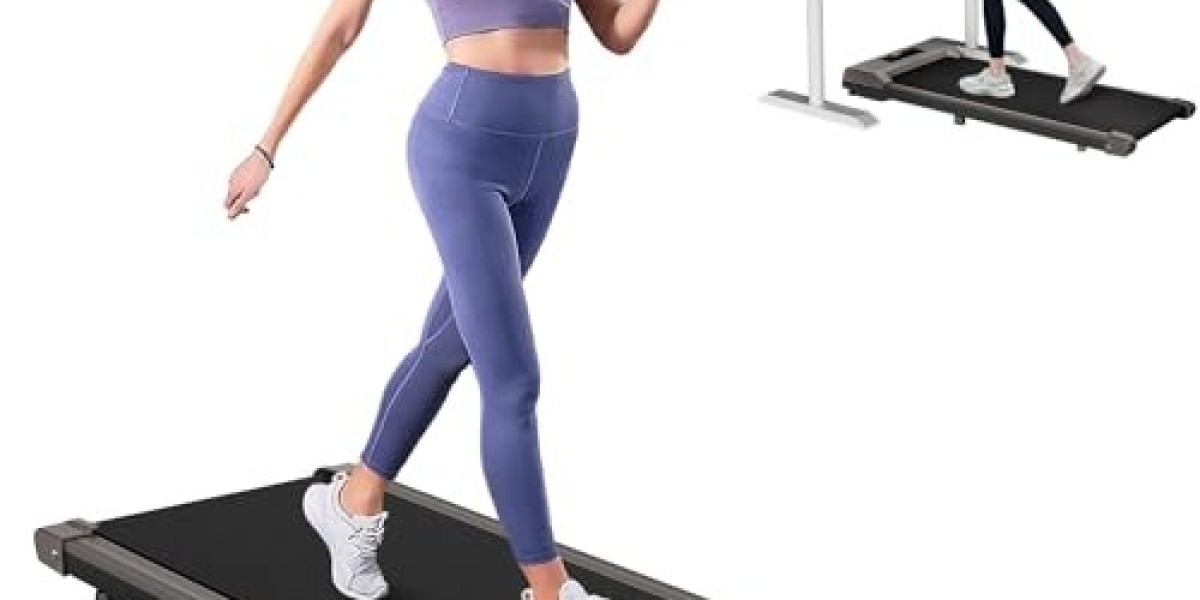In a world rapidly advancing with cutting-edge medical technology, it might come as a surprise that a simple tool invented over a century ago — the medical tuning fork — is experiencing a renaissance in neurological diagnostics. As 2025 unfolds, clinicians and researchers alike are rediscovering the unique benefits of this humble instrument in detecting and monitoring neurological conditions. Let’s dive into why medical tuning forks are not just relics of the past but essential tools reshaping neurological healthcare today.
What Is a Medical Tuning Fork?
At its core, a medical tuning fork is a small, metal instrument with two prongs that produce a specific pitch when struck. Traditionally used to assess hearing and vibratory sensation, tuning forks come in different frequencies, with 128 Hz and 256 Hz being the most common in medical examinations.
The tool’s simplicity belies its versatility. When applied to the body, vibrations from the tuning fork stimulate nerves and bones, providing valuable diagnostic clues about nerve function and sensory perception.
Neurological Diagnostics: Where the Tuning Fork Shines
One of the key areas where medical tuning forks excel is in the diagnosis of peripheral neuropathy — a condition where nerves outside the brain and spinal cord are damaged. Symptoms can include numbness, tingling, and weakness, often affecting the hands and feet.
In 2025, with the rise of diabetes and other chronic conditions, neuropathy has become increasingly prevalent. Medical professionals are turning to tuning forks to assess vibratory sensation as a quick, cost-effective, and non-invasive screening method.
By placing a vibrating tuning fork on bony prominences such as the ankles or wrists, doctors can determine if a patient’s vibratory sense is diminished — an early warning sign of nerve damage. This simple test helps guide further diagnostics and timely intervention, potentially preventing severe complications like ulcers or limb amputation.
Beyond Peripheral Neuropathy: Monitoring Disease Progression
The value of tuning forks doesn’t stop at diagnosis. Neurologists also use them to monitor disease progression in patients with multiple sclerosis, spinal cord injuries, or other neurological disorders. Regular vibration sense assessments help track nerve recovery or degeneration over time, informing treatment decisions.
In fact, recent clinical studies in 2025 have highlighted how tuning fork tests, combined with modern imaging and nerve conduction studies, provide a holistic picture of nerve health — all while remaining accessible and inexpensive.
Combining Tradition with Innovation: Smart Tuning Forks
One exciting trend this year is the emergence of “smart” tuning forks — instruments equipped with sensors and Bluetooth connectivity. These devices record vibration intensity, frequency, and patient responses, syncing data with mobile apps or electronic health records.
Smart tuning forks help standardize tests, reduce human error, and enable remote monitoring, especially useful in telemedicine settings. For patients in rural or underserved areas, this innovation bridges the gap between traditional examination and modern digital healthcare.
Why the Medical Community Still Values the Tuning Fork
You might wonder, in an era of advanced MRI machines and nerve conduction tests, why do clinicians continue to rely on a tuning fork? The answer lies in its practicality:
Accessibility: Tuning forks are affordable and portable, ideal for use in clinics, hospitals, and even home visits.
Speed: Tests can be done quickly, providing immediate clues during patient examinations.
Non-invasiveness: No pain or discomfort is caused by tuning fork tests, making them patient-friendly.
Complementary Use: Tuning forks serve as an initial screening tool before more complex tests are ordered.
Moreover, medical training still emphasizes tuning fork use, ensuring new generations of doctors value this timeless diagnostic tool.
Using a Medical Tuning Fork at Home: What You Should Know
With health awareness growing, some patients are learning how to use tuning forks for self-assessment, especially those with diabetes or peripheral neuropathy risk factors. While this doesn’t replace professional diagnosis, basic home tests can alert individuals to changes in sensation, prompting timely medical visits.
If you’re curious to try, start with a 128 Hz tuning fork. Strike it gently against a soft surface and place it against your ankle bone. Compare the sensation on both sides. Any noticeable differences or loss of vibration should be discussed with your healthcare provider.
The Future of Medical Tuning Forks
As medical technology evolves, the humble tuning fork adapts but does not lose relevance. Integration with digital tools and expanded use in neurology, audiology, and rehabilitation promises a bright future.
In 2025, the medical tuning fork is a perfect example of how blending tradition with innovation enhances patient care. It’s a reminder that sometimes, the simplest tools have the greatest impact.








